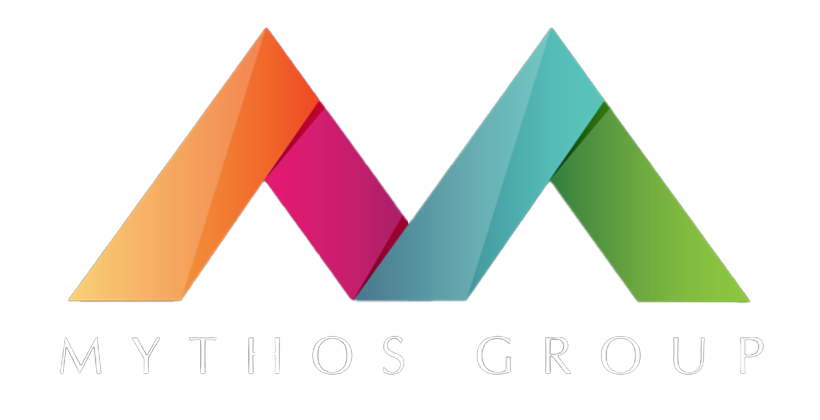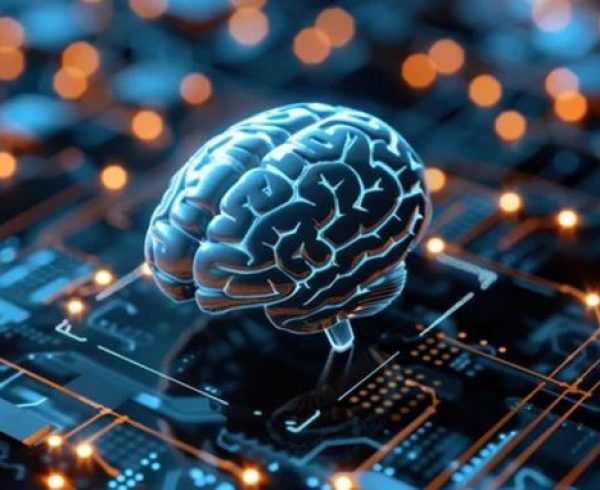In today’s business landscape, diversity and inclusion (D&I) have emerged as critical drivers of innovation, creativity, and overall organizational success. As organizations strive to build more inclusive workplaces, Artificial Intelligence (AI) presents both opportunities and challenges. When used thoughtfully, AI can significantly enhance D&I efforts by minimizing biases, optimizing recruitment, and ensuring fair decision-making processes. However, to achieve these outcomes, organizations must take practical steps to integrate AI to promote inclusivity and equity.
The Role Of AI In Enhancing Diversity And Inclusion
AI has the potential to revolutionize how organizations approach D&I. By automating routine tasks and analyzing vast amounts of data, AI can help identify and mitigate biases that may otherwise go unnoticed. For example, AI can analyze hiring patterns to detect any unconscious biases influencing recruitment decisions. It can also help ensure that diverse voices are heard in decision-making by identifying and addressing disparities in representation.
However, AI is not inherently neutral. It reflects the data it is trained on, which means that if the data is biased, the AI will be too. This makes it crucial for organizations to adopt a proactive approach to ensure AI is used to support, rather than undermine, D&I efforts.
Practical Steps For Using AI To Minimize Bias
Building Diverse Data Sets
The foundation of any AI system is the data it is trained on. To ensure that AI supports D&I, it is essential to build diverse and representative data sets. This involves collecting data from a wide range of sources and ensuring that all demographic groups are adequately represented. For example, if an AI system is being used to screen job applicants, the data should include candidates from different backgrounds, genders, ethnicities, and abilities.
A real-world example of this approach is Microsoft‘s initiative to create diverse data sets for its AI models. Microsoft has invested in gathering data that reflects a broad spectrum of human experiences, helping to ensure that its AI systems are more inclusive and less likely to perpetuate existing biases.
Auditing And Testing AI Systems
Regular audits and tests are essential to identify and address any biases that may have been inadvertently introduced into AI systems. These audits should be conducted by diverse teams who can bring different perspectives to the evaluation process. Additionally, organizations should employ fairness metrics to assess the performance of AI systems across different demographic groups.
For instance, IBM has implemented a robust AI auditing framework to ensure that its AI systems are fair and unbiased. IBM’s AI Fairness 360 toolkit provides open-source software to help organizations detect and mitigate bias in their AI models, promoting transparency and accountability.
Ensuring Transparency In AI Decision-Making
Transparency is key to building trust in AI systems. Organizations should ensure that AI-driven decisions are explainable and understandable to all stakeholders. This involves providing clear explanations of how AI algorithms work, what data they use, and how decisions are made. Transparent AI systems allow organizations to identify and correct any biases more easily, fostering a culture of accountability.
A good example of this is Google’s AI principles, which emphasize the importance of transparency and explainability in AI development. Google is committed to making its AI systems as transparent as possible, providing detailed information about how its algorithms 4. Embedding D&I in AI Development function and the data they rely on.
Overcoming Challenges
D&I should be embedded in every stage of AI development, from data collection to implementation. This level of integrity by design, requires a diverse team of developers, data scientists, and decision-makers who can offer different perspectives.
Salesforce is an example of a company that has embedded D&I into its AI development process. Salesforce’s Ethical AI team works to ensure its AI systems are designed and deployed in a way that promotes fairness and inclusivity. This includes creating guidelines and best practices for ethical AI use and fostering a culture of diversity.
Leveraging AI For Inclusive Recruitment
Recruitment is an area where AI can have the most significant impact on D& to help organizations identify and attract a more diverse pool of candidates, reduce unconscious bias in the hiring process, and ensure fairer evaluations.
AI In Sourcing Candidates
AI can be used to expand the reach of recruitment efforts, identifying candidates from a broader range of backgrounds and experiences. For example, LinkedIn uses AI to suggest candidates to recruiters based on their profiles, helping organizations discover talent that might otherwise have been overlooked.
Reducing Bias In Screening
AI can also reduce bias in the screening process by evaluating candidates based on objective criteria rather than subjective judgments. Tools like HireVue use AI to analyze video interviews, focusing on candidates’ skills and qualifications rather than factors like appearance or background, which might lead to bias.
Enhancing Fairness In Evaluations
AI-driven assessment tools can provide a more standardized and objective evaluation of candidates, ensuring that all applicants are assessed fairly. Pymetrics, for instance, uses neuroscience-based games to evaluate candidates’ cognitive and emotional traits, helping to match them with roles that suit their abilities without bias.
In Conclusion
AI has the potential to be a powerful tool for promoting diversity and inclusion within organizations. However, to realize this potential, organizations must take deliberate steps to ensure that AI is used ethically and equitably. By building diverse data sets, conducting regular audits, ensuring transparency, and embedding D&I in AI development, organizations can leverage AI to create more inclusive workplaces.
As AI continues to evolve, organizations need to stay vigilant and proactive in their D&I efforts. By doing so, they can harness the power of AI to drive not only innovation but also equity and fairness, creating a future where technology serves as a force for inclusive progress.
Is your organization integrating AI for diversity and inclusion? We at Mythos Group can guide you to a smooth and efficient AI integration. Call us today to find out how we can help.







